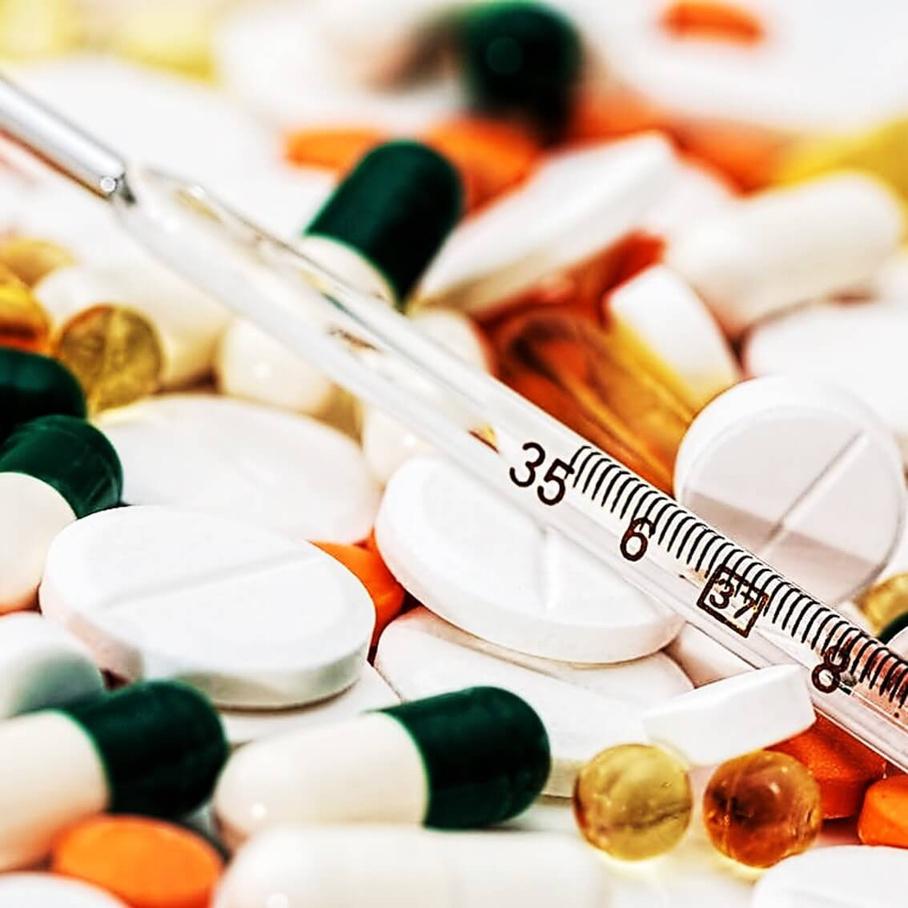Understanding
the Interplay between Fever and Dehydration: Signs, Prevention, and Care


Fever is a common symptom of many illnesses, from the flu to more severe infections. However, when it comes paired with dehydration, the combined effects can exacerbate one's condition, making it crucial for everyone to understand the relationship between fever and dehydration.
What is Fever and Why Does it Occur?
Fever is the body's natural response to infection or illness. When the body's immune system identifies a threat, such as bacteria, viruses, or toxins, it triggers a response that raises the body's normal temperature.
This elevated heat is designed to create an environment less hospitable to these invaders, thus helping to eliminate them.
The Connection between Fever and Dehydration
While fever serves a purpose, it can also lead to dehydration if not managed properly. Fever accelerates the body's metabolism and makes you perspire more, increasing your body's fluid and electrolyte loss.

Moreover, if the fever comes with other symptoms such as vomiting or diarrhea (common in diseases like gastroenteritis or food poisoning), the risk of dehydration is even greater.
Dehydration, in turn, can exacerbate a fever. It reduces the body's ability to cool down through sweating, leading to even higher body temperatures. Hence, the relationship between fever and dehydration forms a potentially dangerous cycle if not carefully managed.
Recognizing Dehydration
Some common signs of dehydration to look out for during a fever include:
Dry mouth or throat
Infrequent urination or dark-colored urine
Fatigue or dizziness
Sunken eyes
In severe cases, confusion or lethargy
Children and infants may also exhibit additional signs such as no tears when crying, sunken fontanels (soft spot on the top of a baby's head), and irritability.
Managing Fever and Preventing Dehydration
Stay Hydrated: When you're feverish, drinking more fluids is paramount. Water is the most accessible choice, but broths or herbal teas can also help, and they may offer additional relief from other symptoms. For severe cases or when dealing with children, consider rehydration solutions or sports drinks that contain electrolytes to replace those lost through sweating.
Rest: A fevered body is a body at war. Resting saves energy for the immune system to combat the cause of the fever.
Appropriate Clothing: Overdressing can prevent the body from cooling down and lead to an increased loss of fluids.
Wear lightweight, breathable clothing, and use a light blanket if needed.
Fever-Reducing Medication: Over-thecounter medications such as acetaminophen (Tylenol) or ibuprofen (Advil, Motrin) can help bring down a fever. Always follow the package instructions and use these under a healthcare provider's advice.
Monitoring Fever with a Temperature
Chart: A Key Aspect in Fever and Dehydration Management
In the context of fever and dehydration, employing a fever temperature chart becomes exceedingly useful.
This simple tool assists in tracking the progression of the fever, providing a clear visual representation of how the body's temperature fluctuates over time. It aids in the early detection of any unusual patterns or severe spikes in temperature that could exacerbate dehydration.
Moreover, a fever temperature chart can also provide valuable information for healthcare professionals. In situations where medical advice is needed, the data collected on the chart can give doctors a comprehensive view of the fever's progression and help them make more informed decisions about treatment options.
In the case of recurring fevers or chronic illnesses, temperature charts can aid in identifying patterns or triggers over time.
Lastly, by keeping an eye on a fever temperature chart, caregivers can better gauge when to administer fever-reducing medication or increase fluid intake to prevent dehydration.
Notably, the chart can act as a guide to when medical attention might be necessary, such as if the fever exceeds certain thresholds or lasts for an extended period. In essence, a fever temperature chart is a practical tool for managing fever effectively and mitigating the risk of dehydration.
When to Seek Medical Help
If the fever lasts more than a few days, or if signs of severe dehydration (such as extreme thirst, lack of urination, confusion, or rapid heartbeat) occur, it's essential to seek medical help immediately.
This is especially important for young children, the elderly, and those with underlying health conditions, as they may be more susceptible to severe dehydration.





